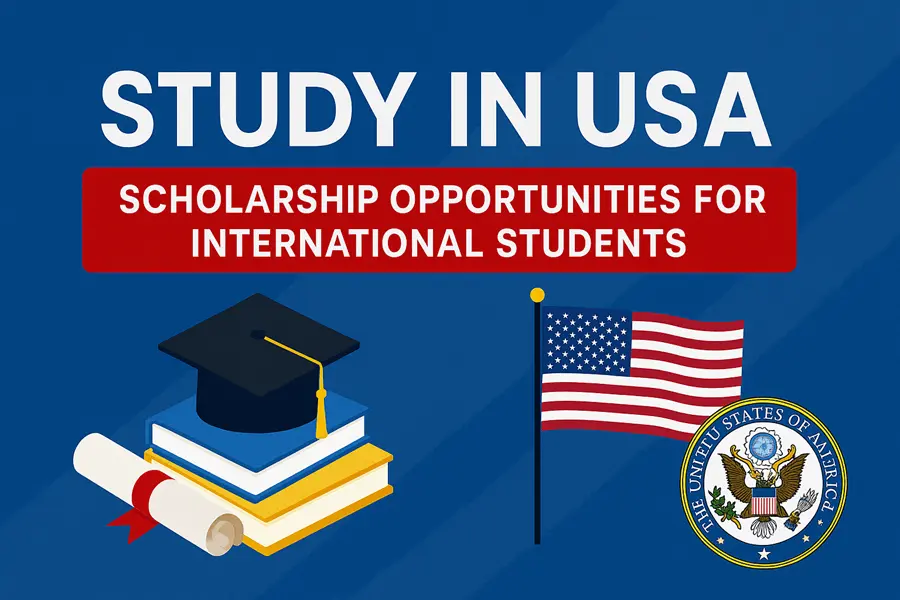In 2016, Olivia, a first-generation college student from a low-income family in rural Texas, received an acceptance letter from the California Institute of Technology (Caltech). Her dream of becoming an astrophysicist was within reach—but the cost seemed insurmountable. Then, she discovered Caltech’s robust financial aid program. Thanks to a combination of need-based grants and merit scholarships, Maria graduated debt-free, later joining NASA’s Jet Propulsion Laboratory. Her story underscores a critical truth: Caltech is not just a hub for scientific brilliance but also a leader in making elite education accessible through generous scholarships and financial aid.
For many students, the biggest barrier to attending a top-tier institution like Caltech isn’t academic readiness—it’s affordability. With tuition exceeding $60,000 annually, financing an education here can seem daunting. However, Caltech’s commitment to meeting 100% of demonstrated financial need ensures that cost doesn’t deter talented minds. This article explores Caltech’s scholarship ecosystem in depth, covering undergraduate and graduate opportunities, eligibility criteria, and application strategies. Whether you’re a prospective student or a parent navigating financial aid, this guide will demystify the process and help you unlock the funding you deserve.
Understanding Caltech’s Financial Aid and Scholarship System
Caltech operates on a need-blind admission policy for U.S. citizens, permanent residents, and undocumented/DACA students, meaning financial circumstances don’t influence admission decisions. The institute pledges to meet 100% of demonstrated financial need through grants, scholarships, and work-study programs—not loans. This approach aligns with its mission to foster innovation by removing economic barriers.
Need-Based Aid vs. Merit Scholarships
Caltech’s financial aid is primarily need-based. Unlike many universities that offer merit scholarships to attract top applicants, Caltech focuses on ensuring all admitted students can attend regardless of financial background. The average aid package for undergraduates is approximately $56,000, with many families earning under $90,000 paying no tuition.
Merit-based awards are rare at Caltech, as the institute believes its admission process already selects for exceptional merit. However, external scholarships (e.g., National Merit, corporate sponsorships) can supplement aid. Graduate funding, by contrast, often includes merit-based fellowships tied to research or teaching roles.
The Role of the FAFSA and CSS Profile
To apply for need-based aid, domestic students must submit the Free Application for Federal Student Aid (FAFSA) and the CSS Profile. These forms assess family income, assets, and expenses to determine the Expected Family Contribution (EFC). International students follow a similar process via the International Student Financial Aid Application (ISFAA).
Caltech’s aid packages typically include:
- Grants/Gifts: Need-based awards that don’t require repayment (e.g., Caltech Grant, Federal Pell Grant).
- Work-Study: Part-time campus jobs to offset expenses.
- External Scholarships: Encouraged to reduce self-help expectations.
Caltech Scholarships for Undergraduate Students
1. Caltech Need-Based Grants
The cornerstone of undergraduate aid, these grants cover tuition, housing, and meals based on financial need. For the 2023–24 academic year, Caltech allocated over $40 million in grants, with 60% of undergraduates receiving aid.
Eligibility:
- U.S. citizens, permanent residents, or eligible non-citizens (undocumented/DACA students qualify for institutional aid).
- Demonstrated financial need via FAFSA/CSS Profile.
Award Range: Varies by need; some students receive full tuition coverage.
2. External Scholarships
While Caltech doesn’t offer institutional merit scholarships, students often secure external awards. Notable options include:
- National Merit Scholarship: Up to $2,000 annually for finalists who list Caltech as their first choice.
- QuestBridge National College Match: Full-ride scholarships for low-income, high-achieving students. Caltech partners with QuestBridge, matching selected scholars with full aid packages.
Pro Tip: Use platforms like Fastweb and Scholarships.com to find niche awards (e.g., STEM-specific scholarships).
3. Special Programs
- FIRST Robotics Scholarship: $10,000 per year for students involved in FIRST Robotics competitions.
- Army ROTC Scholarships: Cover tuition and fees in exchange for military service post-graduation.
Caltech Scholarships for Graduate Students
Graduate funding at Caltech is predominantly merit-based, tied to academic departments and research roles. Most Ph.D. students receive full support through fellowships or assistantships.
1. Fellowships
- Boehm Postdoctoral Fellowship: Awards $60,000+ to researchers in applied physics or engineering.
- NSF Graduate Research Fellowship Program (GRFP): Provides three years of stipend and tuition support for STEM fields.
2. Teaching/Research Assistantships
Ph.D. students typically receive:
- Full Tuition Coverage.
- Stipends ($45,000 annually) for teaching or research duties.
3. External Grants
- Fulbright Program: Funds international research for U.S. and foreign students.
- NASA Space Technology Graduate Research Opportunities: Supports aerospace engineering projects.
Caltech’s aid programs reflect its ethos: brilliance shouldn’t be gatekept by wealth. By leveraging these opportunities, students like Maria can focus on discovery—not debt.
Ready to take the next step? Visit Caltech’s Financial Aid Office website or connect with current students to learn how they funded their education.





